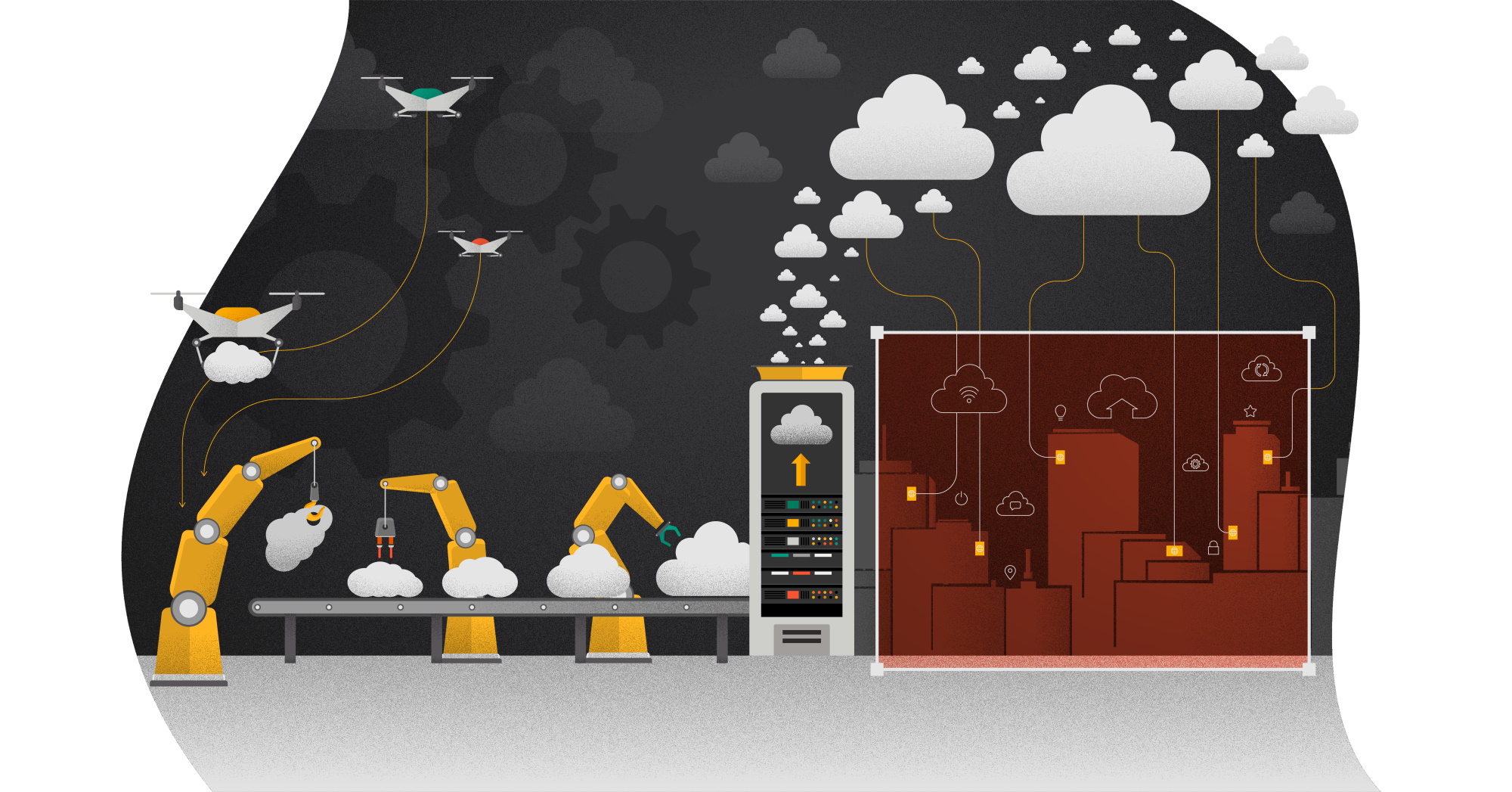
Hybrid cloud is currently the most widely used cloud strategy. While use of this model increased significantly over the past year, hybrid cloud does not seem to offer organizations all of the benefits they expected. A successor to hybrid cloud is already emerging, distributed cloud. It’s not without reason that Gartner highlighted distributed cloud as one of last year’s 10 most important technology trends. It offers the best of two worlds, yet the simplicity of one.
Managing the challenges with hybrid cloud
In recent years, many organizations have moved a (large) portion of their on-premise workloads to the cloud. They have been working with a hybrid cloud model ever since. However, a challenge faced by a growing number of organizations is that of maintaining technology, management and governance for two or more clouds. This results in a number of related complexities. Organizations encounter different implementation styles, practices, management teams and technology stacks. Distributed cloud removes this complexity by applying public cloud administration services to the private cloud.
Originally, the location-independent running of applications and cloud-based data storage was the best alternative to the traditional data center. Distributed cloud is the first cloud model to break away from the location independence approach. In a distributed cloud strategy, the public cloud infrastructure is extended to a local data center or even to an organization's own on-premise environment. In effect, public cloud providers’ services are "distributed" to different physical locations, making data available where it needs to be.
A small step for organizations, a giant leap for complexity
The distributed cloud model is particularly interesting for organizations whose business depends on (mission-critical) workloads where performance, latency and compliance are crucial. When it comes to the acceleration of digital transformations, distributed cloud will be the ideal model for many organizations in the future. After all, the number of digital initiatives will only continue to grow in the coming years, as will dependence on them for business operations.
As a result, many organizations will soon ask themselves: how do I set up a distributed cloud environment? The step from hybrid cloud to distributed cloud may seem bigger than it actually is. In fact, with the distributed cloud model, an organization still has a hybrid cloud, but the different clouds are now managed from a single control plane.
Kubernetes for complex management
The key question is: how do you manage different workloads at different locations? This is where Kubernetes can help. The application of distributed cloud means using different (public) cloud environments. Kubernetes can be deployed to manage the containerized applications and data that reside in these environments.
To make management easier, public cloud (management) tools and best practices can also be used in the in-house data center. AWS, Azure and Google already offer several tools (e.g. EKS Anywhere, Google Anthos, Azure Arc), which can run in both environments and be managed from an overarching console. A first step is to implement these public cloud services in the private cloud environment, stretching the control plane from the public cloud to on-premise. This also offers organizations a way to better consolidate security around their knowledge and expertise assets.
When a distributed cloud model is properly deployed within an organization, a cloud environment is created that offers organizations the benefits they sought in setting up a hybrid cloud environment. This makes distributed cloud a logical "successor" to hybrid cloud.
The initial steps towards the distributed cloud are now being taken. It will, however, take some time before it’s widely applied. The coming years will see a gradual growth in its application. In time, organizations will even skip the intermediate step of hybrid cloud. After all, why would you start with version 1.0 if version 2.0 is already available?



